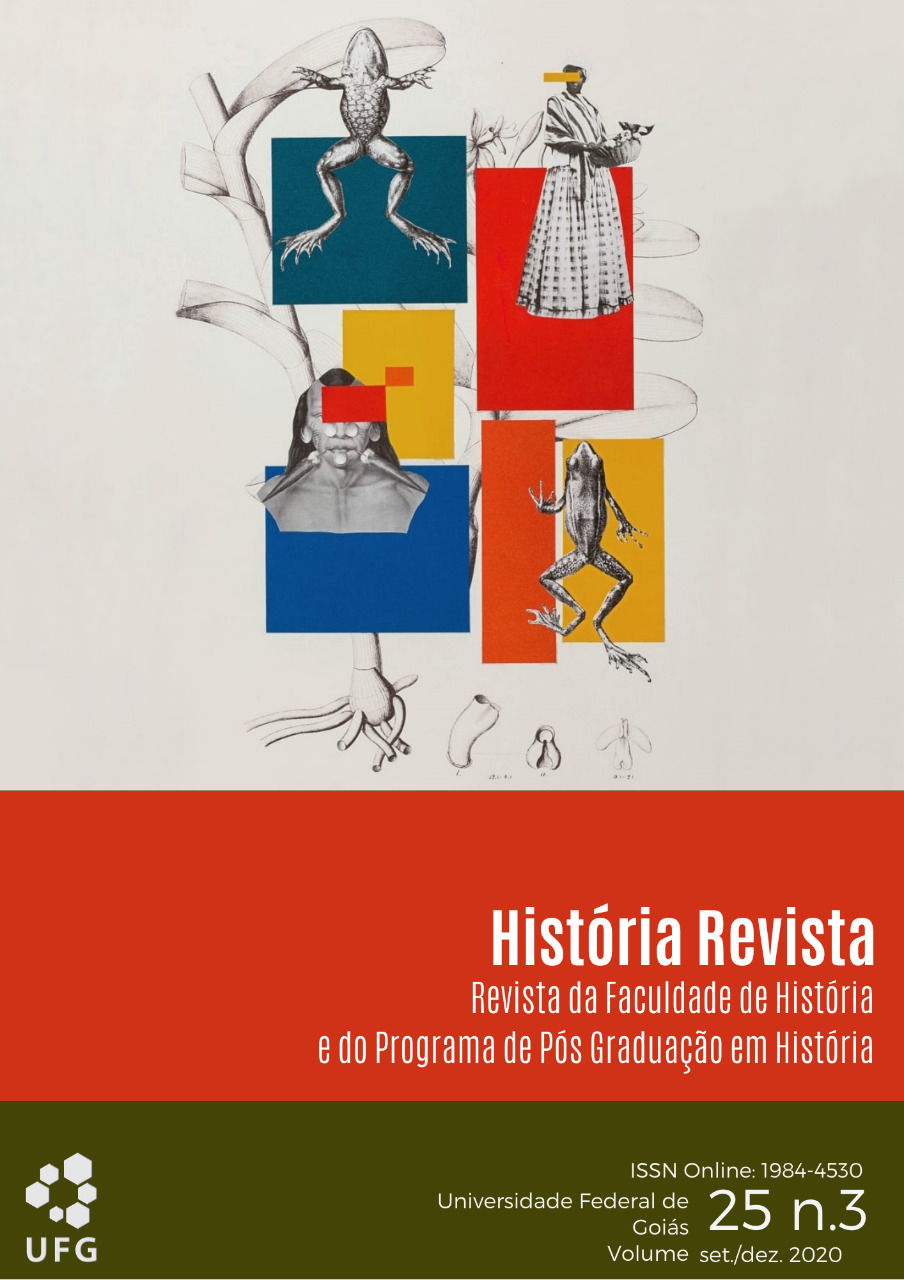Make a Submission
Information
Developed By
| História Revista
| ISSN: 1984-4530
Universidade Federal de Goiás
Faculdade de História | Programa de Pós-Graduação em História
Campus II Samambaia | Goiânia [GO] | Brasil
e-mail: historiarevista.ufg@gmail.com
| Portal de Periódicos da UFG
Owner: Rangerijo
https://revistas.untumbes.edu.pe
https://slot777bonus100.online
https://revistascientificas.uach.mx/
https://revistas.univalle.edu.co/
https://colombiamedica.univalle.edu.co/
Owner: OBS
https://rcientificas.uninorte.edu.co/
https://situstotoslot777.online/
https://jurnal.unimed.ac.id/2012/
https://ejournal.unkaha.ac.id/
https://poltekkesjaksel.org/jurusan-program-studi
https://poltekkesjakut.org/jurusan-program-studi
https://poltekkeskalteng.org/jurusan-program-studi



